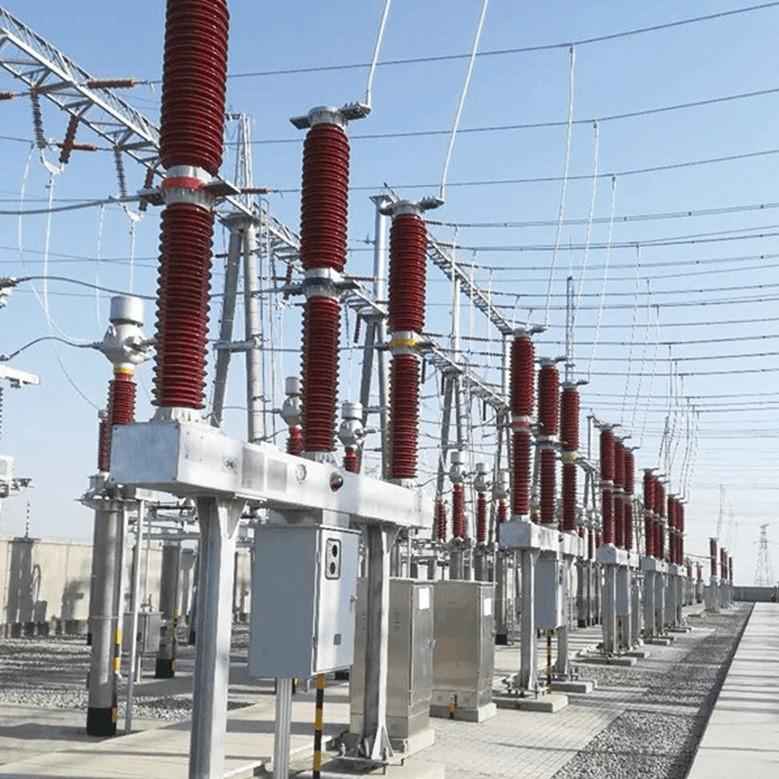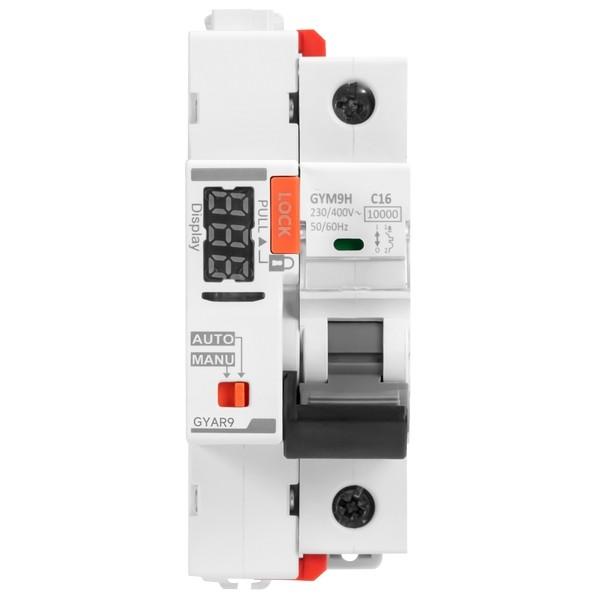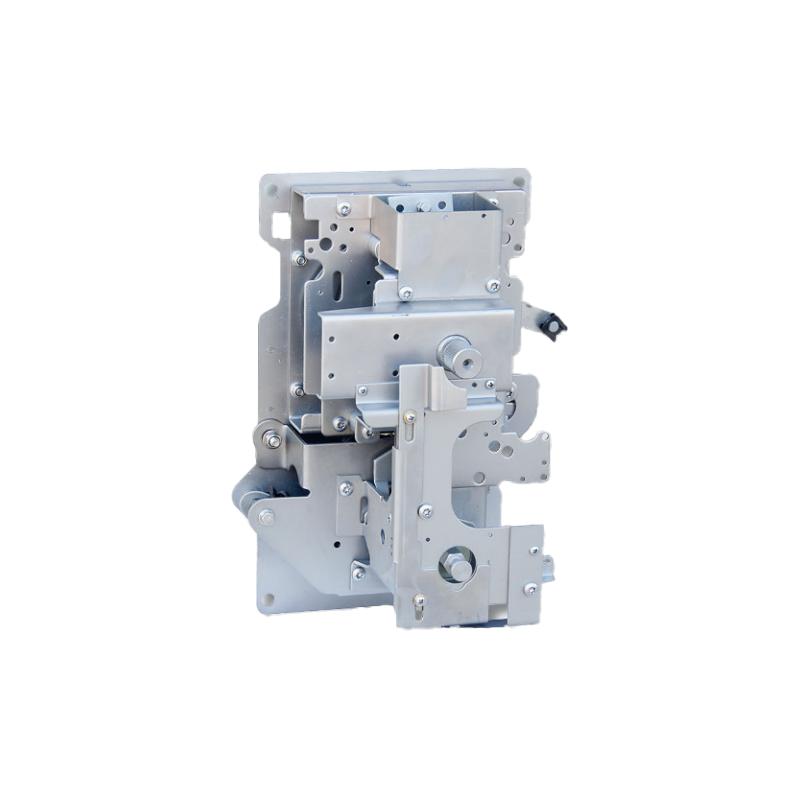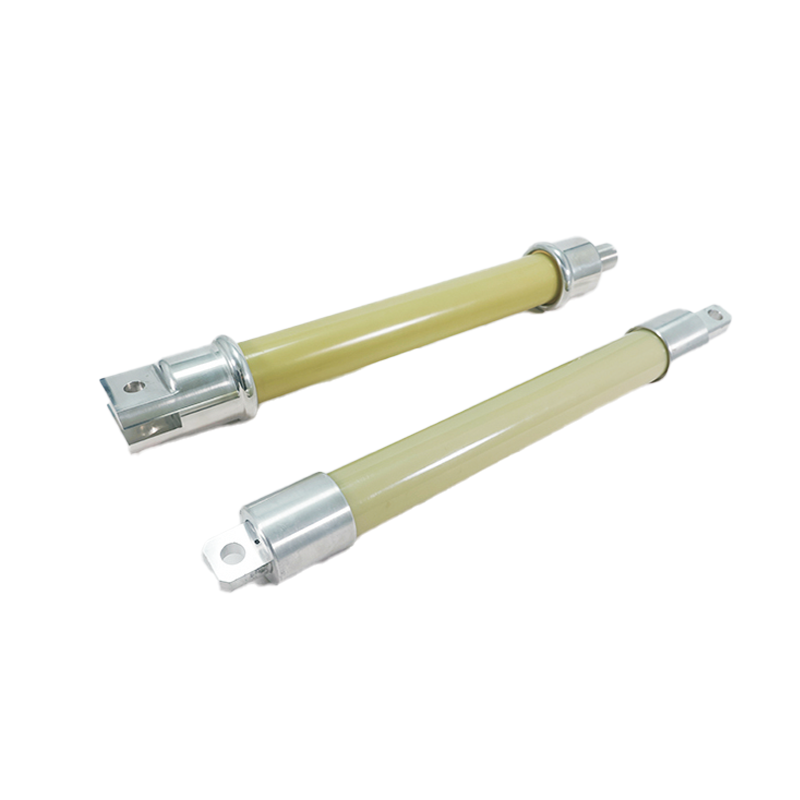The Role of Circuit Breaker Timers in Electrical Systems
A circuit breaker timer is a device used to control the timing of a circuit breaker's operation, widely applied in power systems, industrial equipment, and building electrical systems. Its primary function is to ensure that the circuit breaker trips or closes at specific times to safeguard the circuit and equipment. The circuit breaker timer can prevent damage from transient overloads or short circuits while avoiding unnecessary tripping, thereby ensuring the stability and reliability of the system.
Main Functions of a Circuit Breaker Timer:
Delayed Protection: A circuit breaker timer introduces a time delay before triggering the circuit breaker. For example, when an overload or short circuit is detected, the timer does not immediately trip the breaker but waits for a set period (ranging from a few seconds to several minutes). If the fault clears within this delay, the breaker will not trip; if the fault persists, the timer will trigger the breaker to open, protecting the circuit and equipment.
Prevention of Frequent Tripping: In some cases, the circuit may experience brief overloads or transient short circuits that are temporary and do not cause long-term damage. The circuit breaker timer can avoid unnecessary tripping by setting an appropriate delay, reducing downtime and maintenance costs.
Selective Coordination: In complex power systems where multiple circuit breakers are connected in series or parallel, different time delays can be set for breakers at various levels to achieve selective coordination. For instance, the main breaker near the power source can have a longer delay, while branch breakers closer to the load can have shorter delays. This ensures that only the breaker nearest to the fault trips, minimizing the impact on the entire system and improving reliability.
Automatic Reclosing: Some advanced circuit breaker timers have an automatic reclosing feature. After a breaker trips due to a fault, the timer can attempt to reclose the breaker after a set interval. If the fault has cleared, the breaker will successfully close; if the fault persists, it will trip again. This reduces the need for manual intervention and enhances the system's self-healing capability.
Monitoring and Data Logging: High-end circuit breaker timers can record data such as the number of trips, the cause of trips, and the time of trips. This information helps technicians analyze system performance, identify potential issues, and perform preventive maintenance.
Integration with Other Protection Devices: Circuit breaker timers can work in conjunction with other protection devices like relays and fuses to form a multi-layered protection system. For example, in high-voltage transmission systems, the timer can coordinate with differential protection, distance protection, and other devices to ensure rapid and accurate protective actions for different types of faults.
Working Principle of a Circuit Breaker Timer
The working principle of a circuit breaker timer is based on either a time relay or an electronic timing circuit. It is typically connected to the tripping mechanism of the circuit breaker and starts timing when the current exceeds a preset threshold. Based on the pre-set delay time, the timer decides whether to trigger the breaker. Below are two common types of timers:
1. Mechanical Timer
Operation: Mechanical timers use spring or gear mechanisms to achieve the delay function. When the current exceeds the set value, the timer starts, and after a certain delay, it triggers the breaker to trip. Mechanical timers are simple in structure but offer lower precision and can be affected by environmental factors like temperature and humidity.
2. Electronic Timer
Operation: Electronic timers use microprocessors or integrated circuits to provide precise time control. They offer higher accuracy and more flexible settings, such as adjustable delay times, multi-stage delays, and automatic reclosing. Electronic timers can also integrate with smart control systems for remote monitoring and automated management.
Applications of Circuit Breaker Timers
Circuit breaker timers are widely used in various electrical systems, especially in scenarios where precise control of breaker operation is required. Here are some typical applications:
1. Power Distribution Systems
In power distribution systems, circuit breaker timers protect critical equipment such as transformers, busbars, and cables. By setting appropriate delay times, they prevent frequent tripping due to transient overloads or short circuits, ensuring stable power supply.
2. Industrial Equipment
In industrial production, motors, compressors, and pumps can generate significant inrush currents during startup. Circuit breaker timers can set a delay to avoid tripping due to these high startup currents, ensuring smooth operation and equipment longevity.
3. Building Electrical Systems
In commercial buildings and residences, circuit breaker timers protect lighting, air conditioning, elevators, and other electrical appliances. By setting reasonable delays, they prevent unnecessary power outages caused by transient faults, ensuring user safety and comfort.
4. Data Centers and Communication Systems
Data centers and communication systems require continuous power. Circuit breaker timers can work with uninterruptible power supply (UPS) systems to ensure that only necessary breakers trip during a fault, minimizing the impact on the entire system.
5. Railway and Transportation Systems
In railway and transportation systems, circuit breaker timers protect traction substations, signaling systems, and track circuits. By setting appropriate delay times, they ensure that only localized areas are affected by faults, maintaining the overall system's operation.
Precautions When Using Circuit Breaker Timers
When using circuit breaker timers, operators should follow these precautions to ensure the system's safety and reliability:
Set Appropriate Delay Times: The delay time should be carefully set based on the specific characteristics of the circuit and equipment. Too long a delay can lead to equipment damage, while too short a delay may cause unnecessary tripping. Refer to the equipment manufacturer's recommendations and relevant standards for guidance.
Regular Inspection and Maintenance: Circuit breaker timers are precision devices that may degrade over time. Regularly inspect the timer's performance to ensure it operates correctly. For mechanical timers, pay special attention to cleaning and lubrication.
Avoid Overloading: While circuit breaker timers provide delayed protection, they cannot replace proper load management and maintenance. Ensure that the circuit and equipment operate within their rated capacity to avoid long-term overloading.
Follow Safety Procedures: When installing, commissioning, or maintaining circuit breaker timers, strictly follow safety procedures and wear personal protective equipment (PPE) to ensure personal safety.
Summary
Circuit breaker timers play a crucial role in electrical systems by controlling the timing of circuit breaker operations. They provide delayed protection, prevent frequent tripping, enable selective coordination, and enhance system reliability. Properly setting and using circuit breaker timers can extend equipment life, reduce downtime, and improve overall system performance. In designing and maintaining electrical systems, selecting the right circuit breaker timer and configuring it correctly is essential.

























